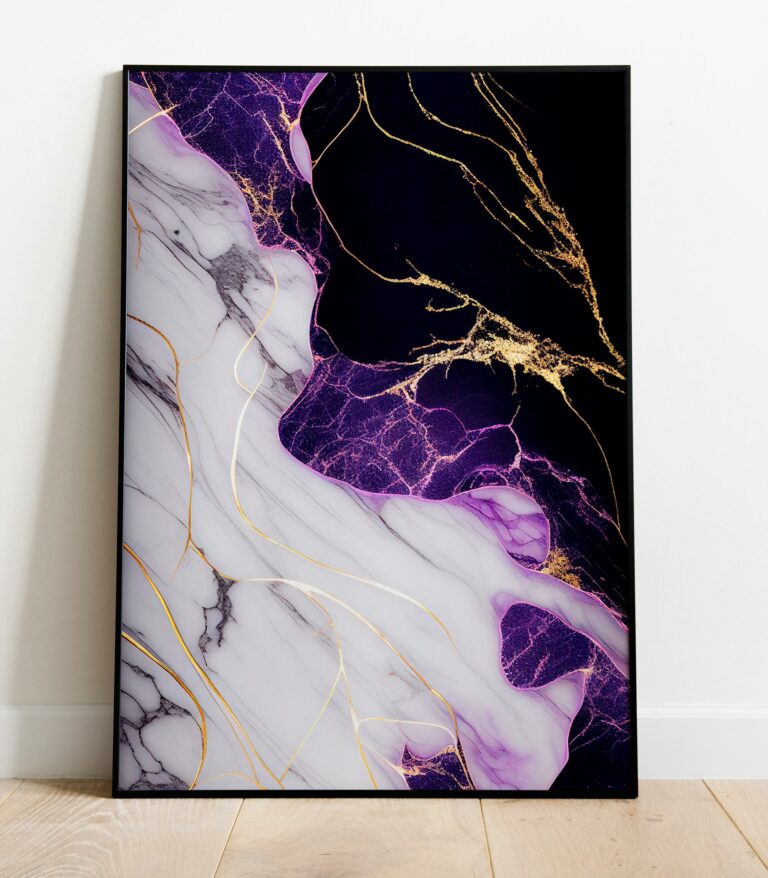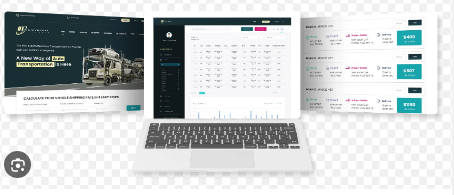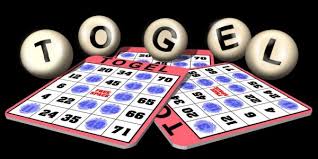
The Art Revolution: Exploring the World of Printable Art
In the age of digital innovation, the art world is undergoing a profound transformation with the advent of printable art. This dynamic and accessible form of artistic expression has gained widespread popularity, revolutionizing the way we perceive, acquire, and engage with art. In this article, we’ll delve into the fascinating realm of Printable art and explore the myriad ways it has reshaped the traditional art landscape.
Printable art, also known as digital art or downloadable art, refers to visual creations that are available in digital formats and can be easily printed by the end-user. This innovative approach has opened up a plethora of possibilities, enabling art enthusiasts to bring a diverse range of artworks into their homes or workspaces with unprecedented convenience.
One of the defining features of Printable wall art is its accessibility. Unlike traditional art forms that often come with hefty price tags, printable art provides an affordable alternative for individuals to access and appreciate creative expressions. This democratization of art breaks down financial barriers, allowing a broader audience to engage with diverse styles, themes, and artists that may have been previously out of reach.
The digital nature of printable art allows for instant gratification. Once a digital file is acquired, it can be downloaded and printed immediately, eliminating the wait associated with traditional art purchases. This immediacy not only satisfies the desire for quick aesthetic transformations but also reflects the fast-paced nature of contemporary living.
Customization is another hallmark of printable art. Buyers have the flexibility to choose the size, color scheme, and framing options that align with their personal tastes and the aesthetics of their spaces. This level of personalization fosters a deeper connection between the viewer and the artwork, transforming the act of decorating into a more intimate and meaningful experience.
Environmental considerations also play a significant role in the appeal of printable art. By minimizing the need for physical production, transportation, and packaging, this digital medium aligns with the growing global consciousness toward sustainability. The reduction of carbon footprints associated with traditional art production contributes to a more eco-friendly art industry.
Printable art has not only benefited art enthusiasts but has also provided a platform for independent artists and designers to showcase their work. Online marketplaces and platforms dedicated to printable art have emerged, enabling artists to reach a global audience without the constraints of traditional galleries. This democratization of distribution empowers creators to share their talent and build a community of supporters around the world.
However, as with any transformative movement, printable art faces challenges. The issue of copyright infringement and unauthorized distribution of digital files remains a concern for artists and the industry as a whole. Striking a balance between accessibility and protecting artists’ intellectual property rights is an ongoing challenge that requires thoughtful solutions and collaboration within the printable art community.
In conclusion, printable art has ushered in a new era of artistic expression, making creativity more accessible, affordable, and customizable than ever before. As technology continues to advance and society embraces the digital landscape, printable art is poised to remain a significant force, shaping the way we perceive and engage with art in the modern world.



